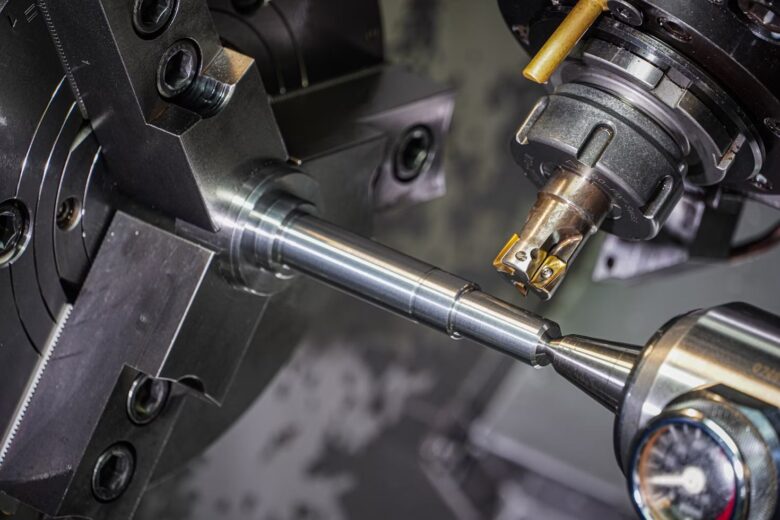CNC milling services play a crucial role in CNC machining, experiencing significant growth due to their versatility in handling various parts. The precision and tight tolerances achievable through CNC milling make it a preferred method, especially for intricate geometries.
Utilizing high-speed milling cutters, these machines adeptly shape objects with accuracy. Their capability to work with diverse metals and plastics introduces challenges related to the distinct physical and chemical properties of each material.
In this article, we will explore will explore the interaction of CNC milling with various materials. This will allow you to better determine which material is ideal for your specific manufacturing needs.

Versatility of CNC Milling Across Materials
Understanding the diverse materials compatible with CNC milling is crucial for optimizing the machining process. CNC milling, a staple in various industries, adapts to different materials, each requiring specialized approaches for precision and efficiency.
- Metals: Metals like brass, aluminum, steel, and copper, are favored for their versatility and wide-ranging applications in aerospace, automotive, and heavy engineering. Here, CNC milling excels in crafting precise parts with tight tolerances, intricate designs, and smooth finishes. That said, successful machining demands attention to details for tool selection, cutting speeds, and cooling methods, utilizing high-speed carbide tools and effective cooling for optimal results.
- Ceramics: Ceramics, known for electrical insulation, extreme hardness, and high-temperature resistance, present unique challenges for CNC milling. Despite their brittleness, CNC milling machines adeptly cut through ceramics, finding applications in aerospace and medical fields. Precision in machining ceramics requires specialized tools and techniques to ensure the desired outcomes.
- Composites: Composites, blending different materials for enhanced properties, pose distinctive challenges in CNC milling. Valued for their strength-to-weight ratio, composites are preferred in aerospace and sporting goods. Achieving precision with composites necessitates a delicate balance between material-specific considerations and accuracy requirements. The use of advanced tools with diamond coatings addresses challenges posed by abrasive composites.
- Plastics: Plastic, including acrylic, nylon, and polycarbonate, is another popular choice of milling material due to their lightweight nature, durability, and aesthetic appeal. Managing heat generation is crucial during plastic machining to prevent issues like warping or melting. The use of thermoplastics, along with proper chip evacuation and lower cutting speeds, ensures the integrity of the material. Employing higher rake angle tools minimizes cutting forces and potential part distortion during plastic CNC milling.
Conclusion
Whether it’s the flexibility of metals like aluminum, steel, brass, and copper or the unique challenges presented by ceramics, plastics, and composites, each material requires thoughtful consideration in the machining process.
The importance of choosing the right material for CNC milling cannot be emphasized enough. After all, it plays a crucial role in achieving precision and getting the desired results you want in your manufacturing project.
On that note, we hope this detailed guide will help you pick the ideal material for CNC milling, based on your specific production preferences.




